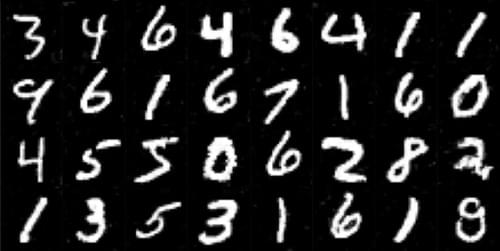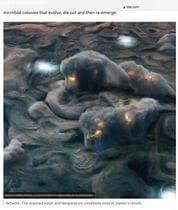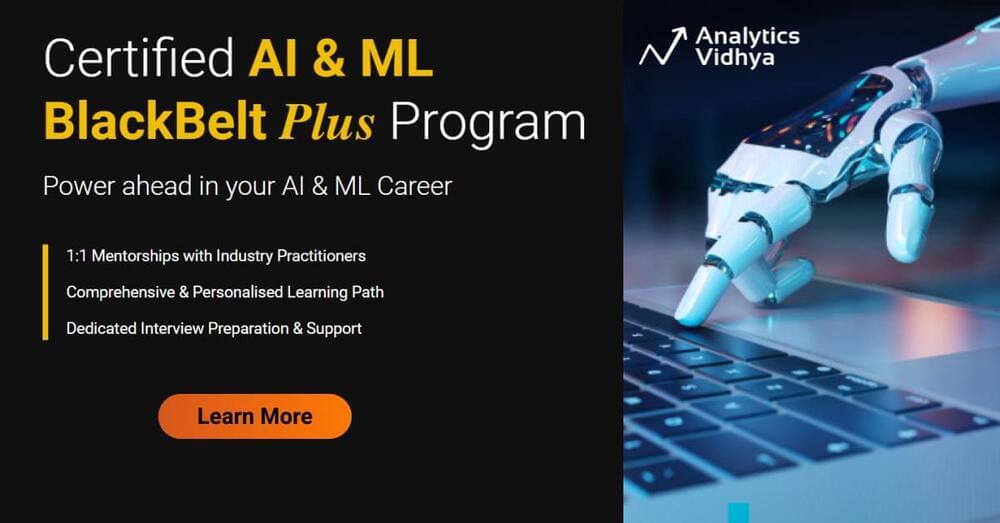Jul 18, 2022
Alphabet’s Wing is working on larger drones that can handle heavier deliveries
Posted by Tristan Hambling in category: drones
A new report says that Microsoft is moving to a three-year cadence for new versions of Windows, which would schedule Windows 12 to release on 2024 and set the stage for new Windows 11 features to release multiple times per year.

















